Mesh Wi-Fi systems may sound complicated, but they’re really easy to install and they will instantly solve your Wi-Fi woes. No more weak signals or dead zones, and they don’t have to cost a lot either.
Although they’re called routers – which they are – they typically work alongside your existing router, and it’s a good idea to turn off its Wi-Fi so it doesn’t interfere with the new system.
Here we’ve reviewed and ranked all the latest systems for all budgets.
Best mesh Wi-Fi systems for 2021
TP-Link Deco P9 – Best Overall
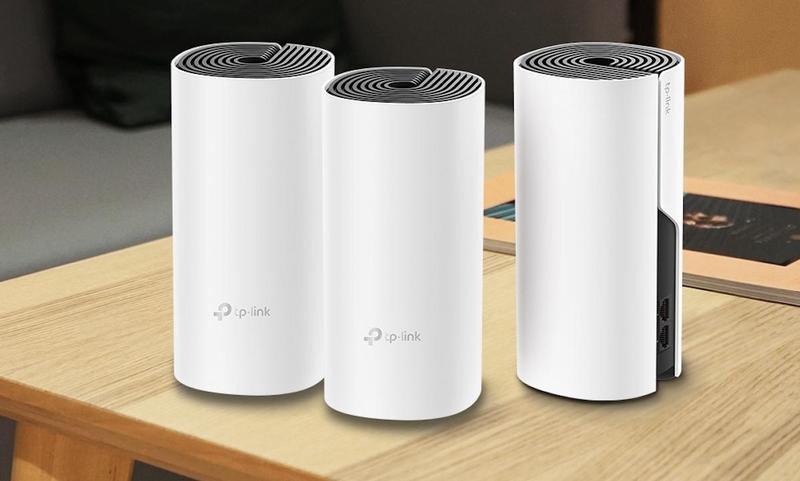
- Pros: Uses Wi-Fi & powerline networking;Good parental controls
- Cons: Not the fastest speeds;
It’s easy to set up, has a well-designed and feature-packed app and can offer fantastic coverage. That’s because, unlike most other mesh systems, the Deco P9 uses a combination of mesh Wi-Fi and powerline networking which uses your home’s mains wiring to provide a reliable connection even through thick walls, which is something other systems can’t do much about.
It’s a dual-band system in terms of Wi-Fi, but technically it’s tri-band because it can use powerline for so-called ‘back haul’, which is the communication between the mesh units.
While it was originally available in a set of three offering up to 6000 square feet of coverage, TP-Link has since launched a two-unit set ideal for smaller homes.
If you want a mesh Wi-Fi system that doesn’t depend on Wi-Fi for the units to communicate with each other, the Deco P9 is ideal.
Read our full TP-Link Deco P9 review
D-Link Covr X1800 – Best-value Wi-Fi 6 mesh kit
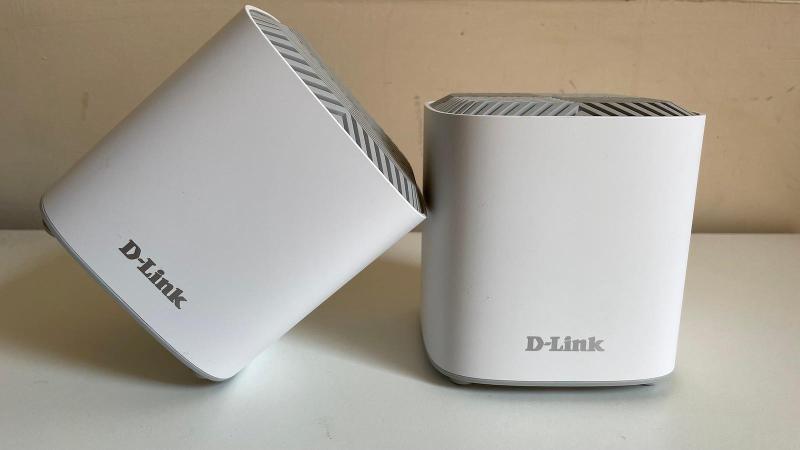
- Pros: Well priced 2- and 3-packs;Compact units
- Cons: No malware protection;Limited parental controls
The D-Link Covr X1800 mesh Wi-Fi system offers fast Wi-Fi 6 connectivity with strong, reliable performance that can outperform the Deco P9, which has been a favourite of ours since its release last year.
It doesn’t use powerline, though, so may not perform as well as the P9 if your home is constructed with thick walls or lots of metal which can hamper Wi-Fi signals’ progress.
The D-Link Wi-Fi app has plenty of features and is fairly easy to use. Like many, the parental controls are ok but not a replacement for good parental control software.
You might think it’s considerably faster than Wi-Fi 5, but speeds are similar. You’ll only see real benefits if you have multiple Wi-Fi 6 devices, which is why we’re happy to continue to recommend Wi-Fi 5 mesh for the moment as most households have very few Wi-Fi 6 devices yet.
Read our full D-Link Covr X1862 review
Amazon Eero 6 – Easy to manage Wi-Fi 6 mesh system
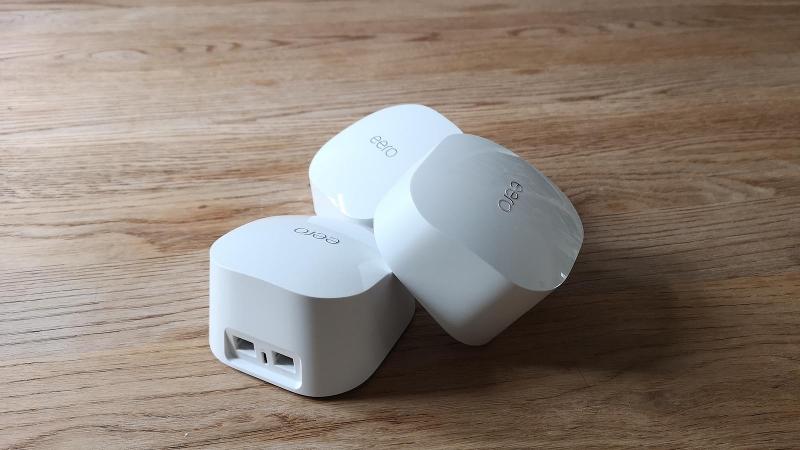
- Pros: Great speeds;User-friendly app
- Cons: No Ethernet ports on satellites;Security features require subscription
We were impressed with the original Eero system, but Amazon has launched a Wi-Fi 6 version – hence the 6 in the name. It’s a dual-band kit, and if you want better performance there’s the Eero 6 Pro which is a tri-band system (not yet available in the UK, though).
The Eero 6 now has a Zigbee hub built in, which could be handy if you have Philips Hue or other Zigbee-based smart home devices.
Note that the satellites in the kit aren’t identical to the main router: they don’t have any Ethernet ports, unlike the original Eero, which could be a deal-breaker if you need to connect a PC or any other device that doesn’t have Wi-Fi.
Assuming that’s not a problem, the Eero 6 is just as impressive as the original, with a great app and easy setup. Of course, performance is also excellent, though you’ll need devices with Wi-Fi 6 to get the best speeds from the system.
The original Wi-Fi 5-based Eero system is still on sale and is cheaper, and a good alternative if you don’t need Wi-Fi 6 yet – or Zigbee.
Read our full Amazon Eero 6 review
Linksys Velop Dual Band – Best dual-band Wi-Fi 5 system
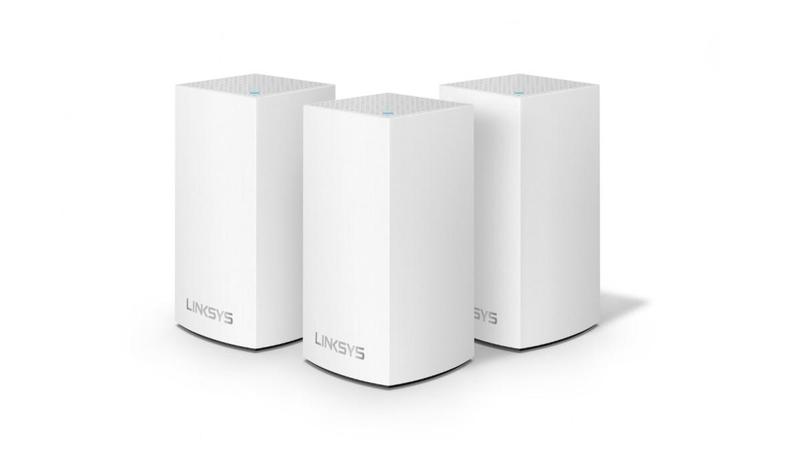
- Pros: Two Gigabit Ethernet ports per node;Affordable
- Cons: Basic parental controls
Although the app could be a bit slicker, we really have no complaints about the Linksys Velop dual-band. Especially now that you can buy it for significantly less than what it cost when it originally launched, and it was already a lot cheaper than the expensive Velop tri-band.
Via the app you can manage the network, enable guest Wi-Fi and create basic access rules to limit internet time for specific devices.
It provides a reliable wireless network with decent speeds that should satisfy most families. And each of the units has two Gigabit Ethernet ports for connecting devices that don’t have Wi-Fi.
It doesn’t have any built in ‘smart hub’ like some mesh kits, meaning you can’t use it to connect Philips Hue bulbs or other Zigbee or Z-Wave devices.
Read our full Linksys Velop Dual Band review
Netgear Nighthawk Mesh WiFi 6 System – Best-value Wi-Fi 6
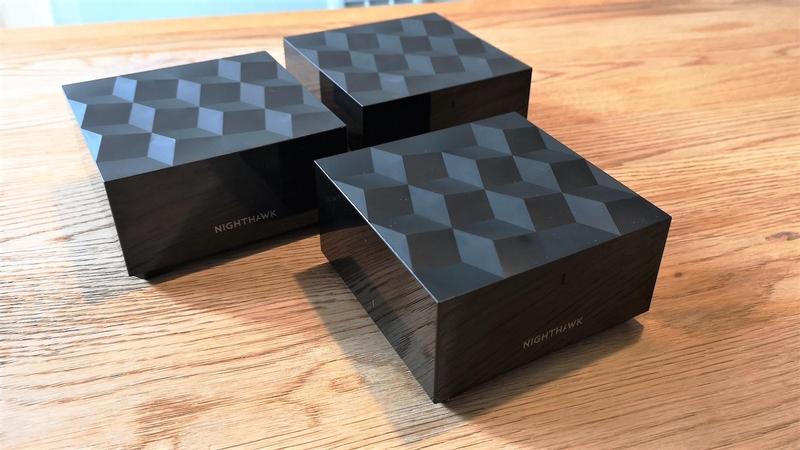
- Pros: Affordable;Good performance
- Cons: Netgear Armor requires subscription;Single Ethernet port on satellites
Another entry-level Wi-Fi 6 mesh system, Netgear’s Nighthawk is simple to set up and use, and its reach can be expanded by adding more satellites (just like the Eero).
Also like the Eero 6 and D-Link Covr, this is a dual-band system that lacks an additional 5GHz third band for communication, so isn’t as fast as Netgear’s tri-band Orbi system (which is also a lot more expensive). Some users will find the lack of Ethernet ports limiting, but at least there is one on each satellite, unlike the Eero 6.
Like the Eero 6, you get security software running on the routers, protecting all your devices. Unfortunately, when the initial period expires you have to subscribe to keep the protection.
Overall, the Nighthawk Mesh WiFi 6 System is an effective way to pipe Wi-Fi 6 around your home.
Read our full Netgear Nighthawk Mesh WiFi 6 System review
Tenda Nova MW3 – Cheapest mesh Wi-Fi
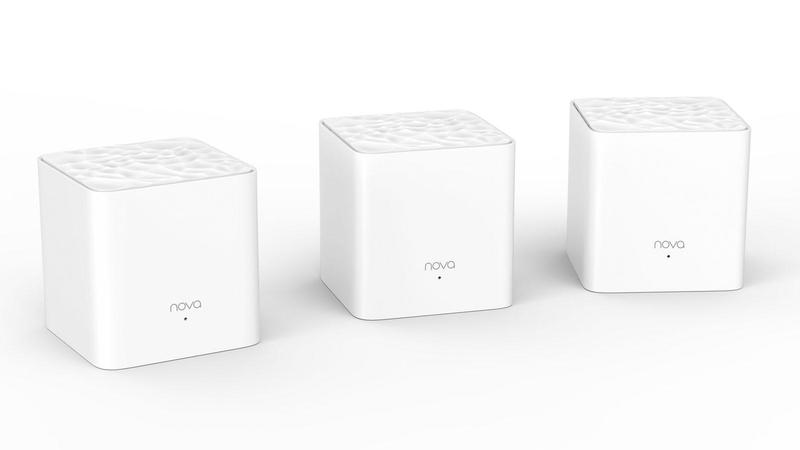
- Pros: Costs less than many single routers
- Cons: Basic app;Not the fastest speeds
The MW3 is the cheapest mesh networking system we’ve reviewed. It has dropped in price since it was launched, making it a very tempting option for those on a tight budget.
As you’d expect, it can’t match the performance of more expensive rivals, but it still does a great job of delivering a strong Wi-Fi connection and eliminating dead zones around your home. Obviously, it doesn’t support Wi-Fi 6, but instead Wi-Fi 5, which is still perfectly good for streaming video, playing games and other internet activities.
That makes it a terrific bargain if you just need to provide a good internet connection around an average-size home, rather than have the ultimate Wi-Fi speeds.
Read our full Tenda Nova MW3 review
Google Nest WiFi – Mesh with built-in smart speaker
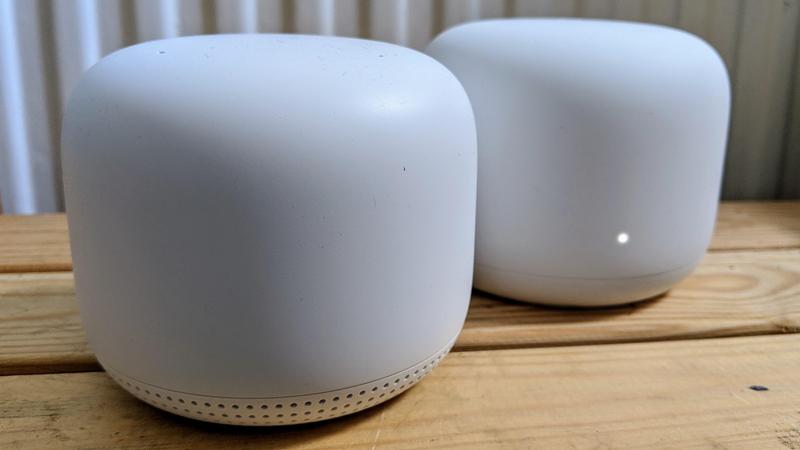
- Pros: Slick hardware and app;Google Assistant built in
- Cons: Expensive;Not Wi-Fi 6
The current version of Google’s mesh Wi-Fi system has evolved quite considerably. The main unit (and additional ‘points’) are also smart speakers with the Google Assistant, so this mesh system will save you if you were planning to buy one or more Google Nest speakers, along with using fewer mains outlets and you have fewer devices littered around your home.
If there’s a disappointment it’s that the kit doesn’t support the latest Wi-Fi 6 standard, but Nest WiFi is plenty fast enough for the average home and will improve signal around even smaller house vs a regular router.
Of course, you also get great Google software which makes the whole process simple and easy to use. Not only it is a breeze to get set up, but the features are accessible and helpful including a guest network, priority devices and parental controls. You can even pause the network with your voice via the Google Assistant.
Read our full Google Nest Wifi review
TP-Link Deco M5 – Best value Wi-Fi 5
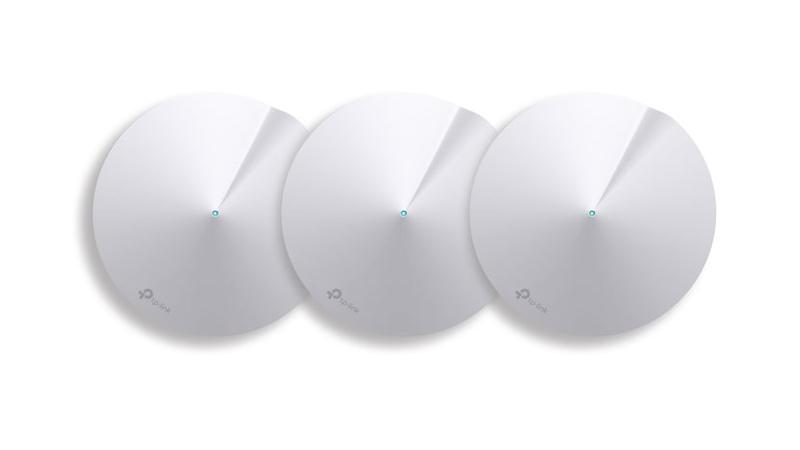
We can’t fault the Deco M5’s performance and ease of use, and the coverage is also impressive considering the price. You also get an antivirus subscription bundled which is a bonus.
The app offers parental controls, though not the most granular control, and also lets you create a guest Wi-Fi network.
If you’re looking for a mesh networking kit that’s not too expensive and which can provide a fast, reliable Wi-Fi signal throughout your home, then the Deco will really earn its keep.
Read our full TP-Link Deco M5 review
Amazon Eero – Easy-to-use mesh Wi-Fi
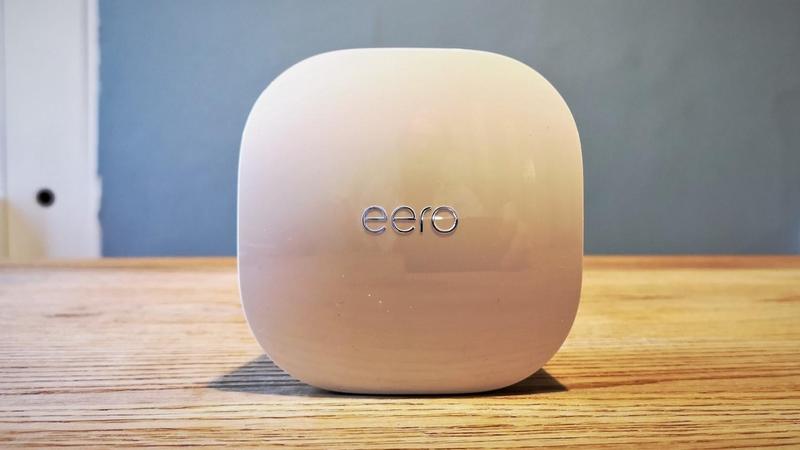
- Pros: Compact units;2 Ethernet ports per router
- Cons: Slower than Eero 6
The original Eero system is simple, elegant and works well. It’s also easy to set up and monitor using the companion app.
Wireless speeds are respectable, though if you want something a little faster, then a tri-band Eero Pro system might be just the ticket.
Gamers, home office workers or anyone with a lot of devices that work better with a wired connection will find the two Ethernet ports per Eero very useful (and you can add more with an inexpensive Ethernet hub). Plus, most people will be happy with the wide-ranging wireless coverage the system delivers.
Read our full Amazon Eero Mesh Wi-Fi review
Devolo Mesh WiFi 2 review – Powerful Hybrid Mesh
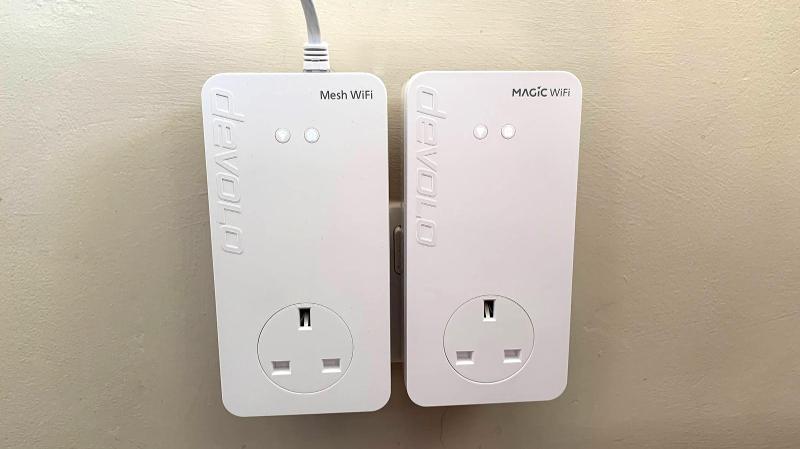
- Pros: Powerline & Wi-Fi;Easy to expand
- Cons: Expensive;App could be better
The Devolo Mesh Wi-Fi 2 kit offers the best of both worlds in terms of home networking. Devolo calls it a ‘tri-band’ system because it uses powerline – the latest G.hn standard – to communicated between adapters. That means you can plug in adapters much further apart than Wi-Fi would allow, so it’s ideal for larger homes or those with particularly thick walls or constructions that block Wi-Fi signals.
Unlike the previous Magic 2 kit, each adapter in the Mesh Wi-Fi 2 kit is identical, and all have Wi-Fi.
But they are essentially the same as the Magic 2 units, and you can use individual Magic 2 adapters to expand the system if you need more than three Wi-Fi hotspots.
You don’t even lose a mains socket as each device has a pass-through socket as well as two Ethernet ports for connecting PC s or other devices without Wi-Fi.
Despite not offering Wi-Fi 6, this kit will cost a similar amount to those that do. We’re not the biggest fans of the app, either, as it isn’t particularly nice to use and doesn’t offer all that many features. However, if you’re after a mesh system for a larger home, this one really delivers.
Read our full Devolo Mesh WiFi 2 review
What’s the best mesh Wi-Fi network you can buy?
Put simply, a mesh network is two or more Wi-Fi routers which work together to provide much wider Wi-Fi coverage than a single router can. This gives you a single Wi-Fi network even though in the background your devices will disconnect from one router and connect to a closer one as you move around.
Some kits have just two units and can’t be expanded, while others can be bought in one, two or three-packs and provide extra coverage.
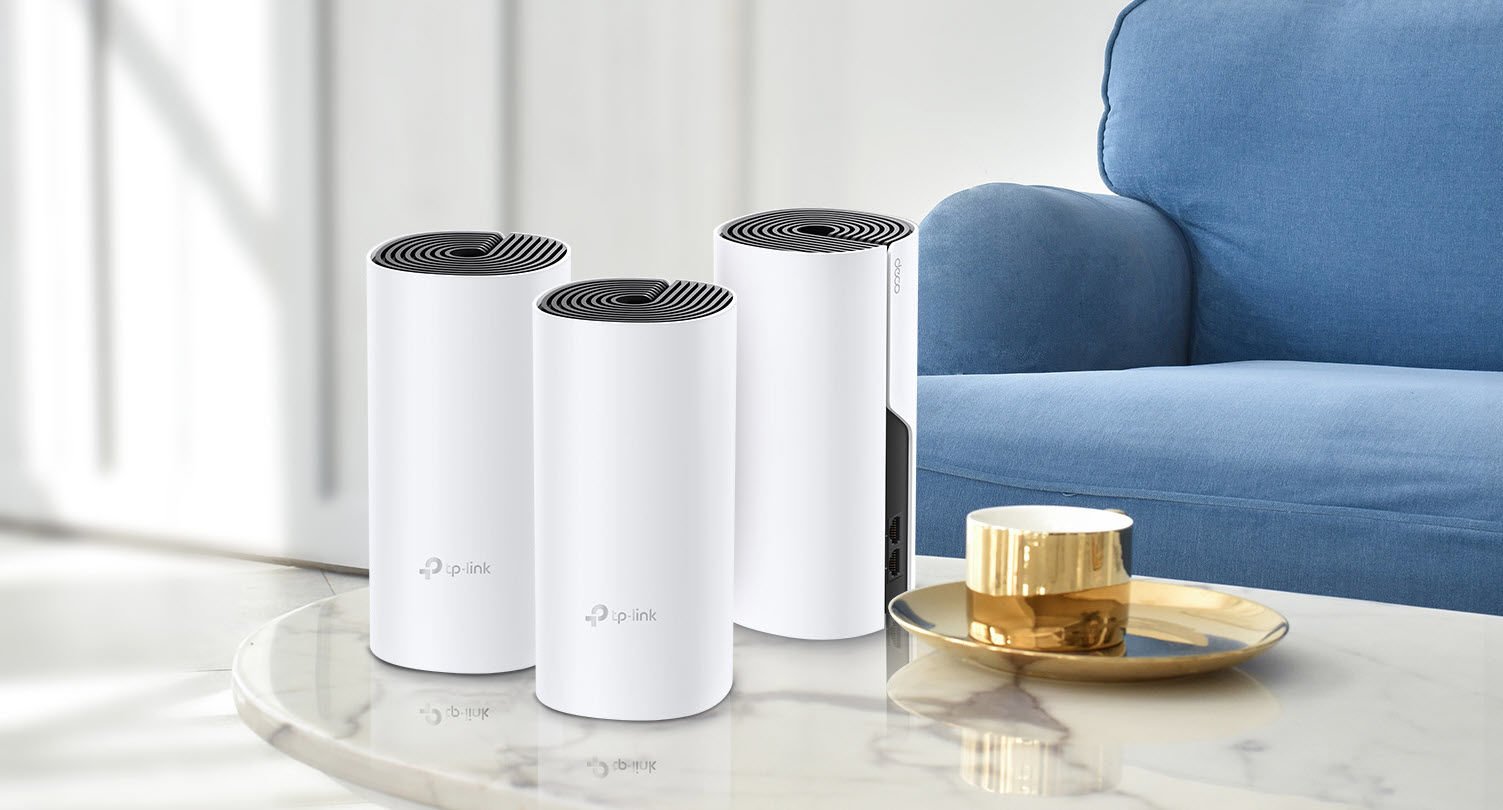
Does it replace my existing router?
No. It’s best to think of mesh system as a replacement for your existing router’s Wi-Fi. You attach one of the devices from a mesh Wi-Fi kit to a spare network port on your router and it creates a new Wi-Fi network to which all your phones, computers, tablets and Wi-Fi smart home gadgets connect.
You then place the second (and third if relevant) mesh device somewhere else in your house, typically on another floor.
The devices all talk to each other and create a single Wi-Fi network that’s both strong and fast across your entire home.
The only reason you may find you still don’t get whole-home coverage is if a) you have an extremely large home or b) your home has very thick stone, brick or concrete walls. Our reviews are based on a typical three- to four bedroom UK home.
If you suspect that a Wi-Fi mesh system won’t work in your home due to its construction, note that our number-one choice – the TP-Link Deco P9 – uses powerline networking as well as Wi-Fi, so the units can talk to each other using your home’s electrical wiring, meaning thick stone walls aren’t an issue.
Devolo’s Magic 2 Wi-Fi (and newer Mesh 2 Wi-Fi) works in a similar way, connecting its Wi-Fi hotspots using powerline networking.
Don’t confuse these with traditional powerline adapters with built-in Wi-Fi.
Are powerline adapters a cheaper alternative, though?
Yes. If you just need to get a Wi-Fi signal in one room that your current router can’t reach, you might be able to save money by buying the type of Wi-Fi-enabled powerline kit that we’ve just mentioned.
Check out our roundup of the best powerline adapters for more, but bear in mind that not all powerline kits include Wi-Fi, so cheaper kits will only connect…
